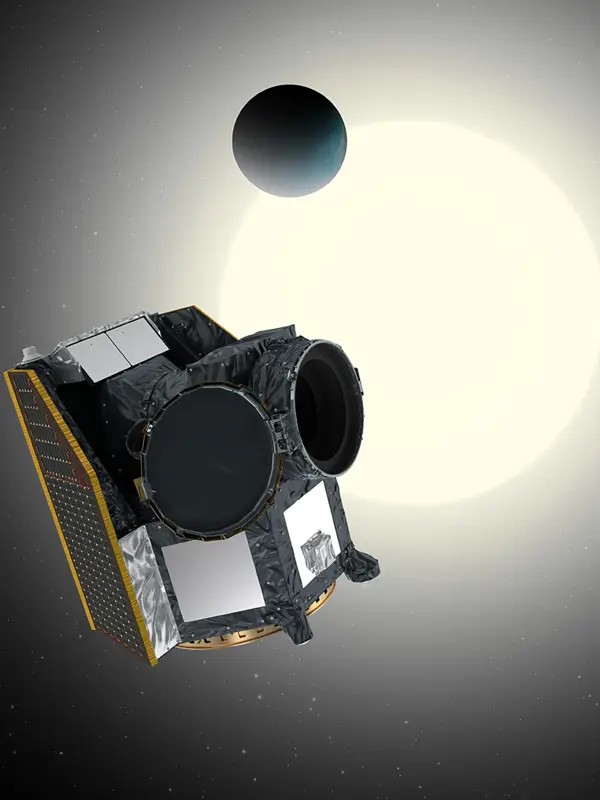We discover and characterise exoplanets - planets orbiting other stars - and study their origin, evolution, and habitability.

This is done using data from space missions such as NASA’s TESS and Kepler telescopes and ESA’s CHEOPS mission and from ground-based data in collaboration with international teams. The results are used for studies of the diversity of exoplanets, composition, demographics, system architecture, and the interactions between a host star and its planets. We are also involved in the preparation for the next European exoplanet space mission PLATO.
We also study how planets form in the circumstellar disks during the early evolution of stellar systems and construct theoretical models for planet formation and the evolution of planetary systems and planet-forming disks.
We discover and characterise exoplanets - planets orbiting other stars - and study their origin, evolution, and habitability.
Faculty members involved
Highlighted research programs
Exoplanets from space - CHEOPS and PLATO ESA's next two projects (Phase 2) 2020-2024 (Carina Persson (PI), Malcolm Fridlund).
Exoplanet diversity with satellite studies 2019 - 2023 (Carina Persson (PI), Malcolm Fridlund, Iskra Georgieva).
Entering into new territory of exoplanet characterisation 2021-2022 (Judith Korth (PI), Carina Persson, Malcolm Fridlund).
Chalmers Initiative on Cosmic Origins (CICO) (PI Jonathan Tan)


